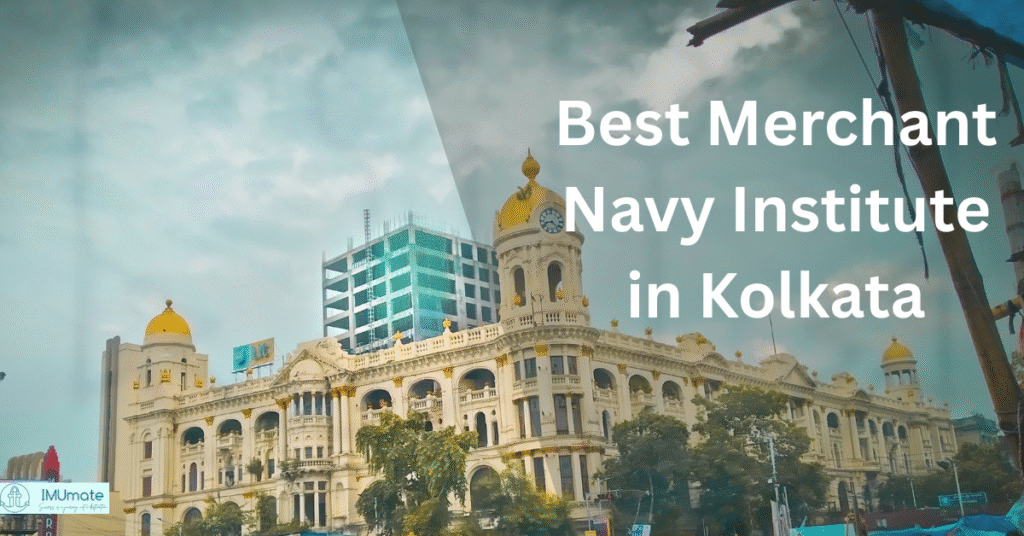The Merchant Navy is the backbone of the world’s economy and it is rapidly evolving to meet hence inviting challenges. Today’s world is heavily dependent on technology is replacing the traditional maritime culture and techniques . With innovation and ideas from industry leaders like Maersk Line and Mitsui O.S.K. Lines (MOL), this blog studies the significant technological developments, safety enhancements, and a sustainable future of the maritime world.
Part 1: Present-Day Patterns and Technological Advancements in the Merchant Navy AI
Artificial Intelligence (AI)
The maritime industry is undergoing a significant transformation, Artificial Intelligence (AI) is one of the major hand holders in it . It is revolutionising tasks that were once the exclusive domain of human experts, making operations more efficient , easy and safer. From autonomous navigation to route planning and predictions , AI is proving to be a game-changer.
2. Clean Energy and Decarbonisation

The industry is changing towards clean energy sources . We are seeing a shift towards LNG , hydrogen, dual fueled vessels from the traditional fuels used before .The usage of energy is changed and hybrid advancements and electrical technologies are being used .
The growth and vision towards green advancements is indicating a sustainable and decarbonised maritime future aligning with the International Maritime Organisations (IMO) . As time follows, we are likely to have more advancements and innovations as world continue to evolve.
3. Internet of Things (IoT)
The IOT devices are very crucial on board ship for real time tracking of components of ship, such as cargo holds and engines. The use of IOT is done by identifying potential hazards, failure and optimising use of resources bringing productivity and efficiency to maritime sector.
4. Maritime Robotics and Automation
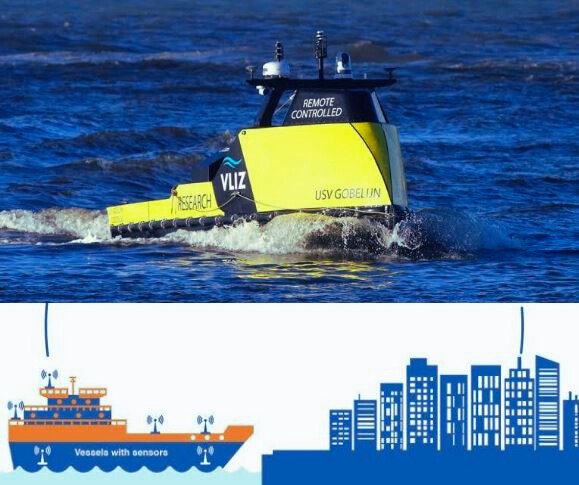
The revolution in the marine sector with automation, one of the factors present, transforms how life works at sea; cargo handling and navigation systems run with minimized human interference. Autonomous vessels and robotics are taking care of tasks such as underwater inspections, maintenance, and cleaning, , minimizing time consumption and increasing efficiency. It also comes with reduced risk of accidents and injuries. It is a win-win move for the industry.
5. Immersive Technologies (AR/VR)
The imagination and innovation have gone so far that one can train for the high seas without even stepping out. All credit goes to AR and virtual reality. They are game-changing tools for training and development of crew and personnel.
They can experience realistic simulations, emergency situations, operations, and many more. AR/VR makes us more effective, efficient, and safe. Ship designers also benefit from these tools; they can test and operate their designs in a virtual, realistic environment, which can identify potential issues before even placing a single piece of steel.
6. Blockchain and Big Data
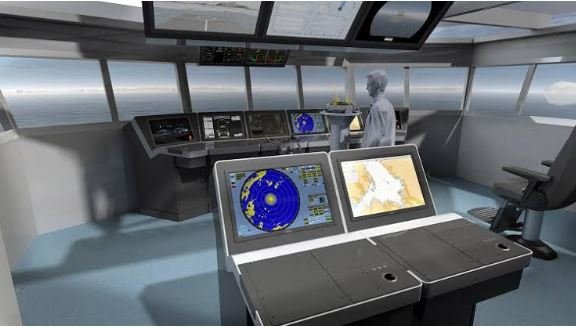
Blockchain is the new source of trust in maritime operations and transactions. It provides security and transparency. Big data analytics is also crucial for making decisions, predictions, and reducing risks, as ships generate vast amounts of data regularly. Blockchain data, and analytics play a starring role in optimizing logistics and minimizing threats.
7. Advanced Energy-Efficient Designs
The revolution is emerging from ship design to sleek hulls, hybrid propulsion, and energy-saving features, being kinder to the planet. This has taken a shift from brute strength to clever engineering of ships.
Part 2: Safety and Regulatory Innovations by Industry Leaders
1. Ammonia-Powered Wind Hunters

Mitsui OSK lines (MOL) is sailing with future-driven ammonia-powered vessels and sail systems that harness wind energy. It contributes to less usage of fossil fuels and is economical and reliable.
2. Dual-Fuel Methanol Vessels

Maersk, on the other hand, is also stepping up with dual-fuel methanol-powered vessels. One of the recent contributions was the Albert Maersk. These types of ships cut carbon emissions and provide flexibility. It also contributes to the goal of net-zero by 2040.
3. Enhanced Safety Through Technology
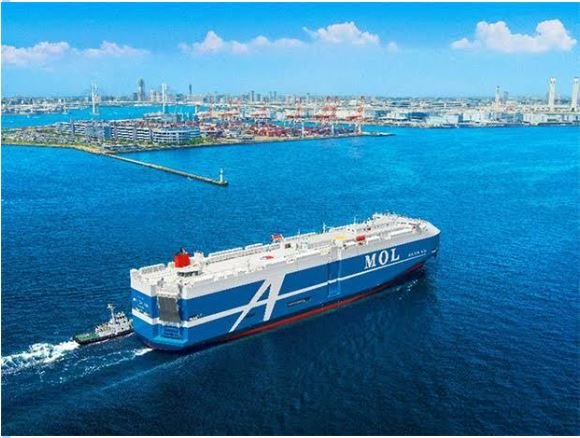
As discussed, IoT-enabled ships and systems, along with MOL’s and Maersk setting standards of safety, for example, MOL’s FLEXIE car carriers feature top-notch fire suppression systems, showing their move towards advanced technologies instead of manual systems.
4. Collaborative Innovation
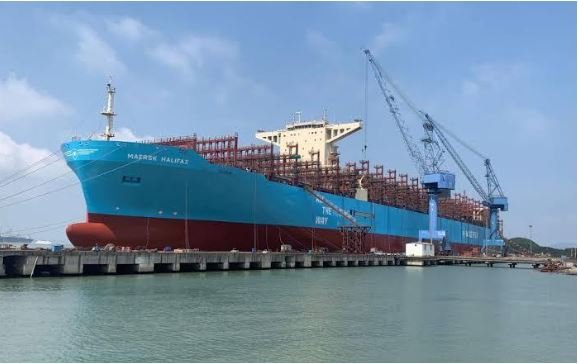
Maersk’s partnership with MAN Energy Solutions and MOL’s partnerships with tech companies ensure continuous innovation and approaches to greener advancements and sustainable growth in the maritime field. They’re teaming up and accelerating progress.
Part 3: The Future of the Merchant Navy
1. Autonomous Shipping
The future of the Merchant Navy depends on autonomous vessel technology. Powered by AI, IoT, and advanced sensors, these ships aim to improve operations and reduce human error. This indicates a shift from traditional navigation methods to more precise systems.
2. Green Shipping Corridors
Creating green corridors that use alternative fuels and renewable energy will support sustainable growth. These corridors show the industry’s commitment to eco-friendly practices rather than outdated trade methods.
3. Digital Transformation
The industry’s digital backbone is getting stronger. Blockchain technology ensures secure transactions, while big data helps with smarter decision-making. The move to cloud-based storage and analytics highlights the decline of traditional, paper-based operations.
4. Tech-Savvy Workforce
Maritime professionals are expected to incorporate technology into their skill sets . Training programs now focus more on technical skills instead of just seamanship, helping the industry keep pace with innovations.
Conclusion
As the Merchant Navy starts this technology-driven journey, companies like Maersk Line and Mitsui O.S.K. Lines (MOL) are taking the lead.Their shift to new technologies instead of traditional methods marks a significant change. With a strong focus on sustainability, safety, and innovation, the maritime industry is progressing toward a future shaped by the smooth precision of technological excellence rather than rough conditions at sea.




